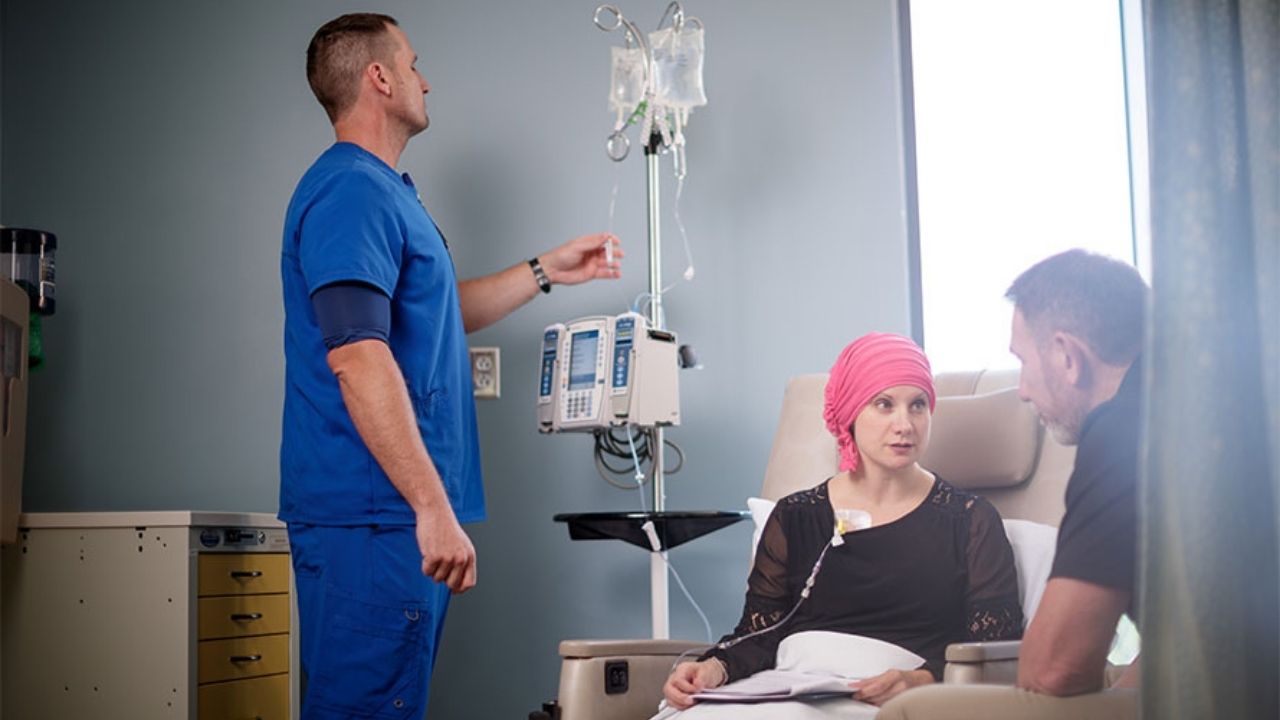CHANDIGARH
Chemotherapy targets cells that proliferate and develop rapidly, much like cancer cells. Chemotherapy, unlike radiation or surgery, which target particular locations, can affect the entire body. However, some fast-growing healthy cells, such as those in the skin, hair, intestines, and bone marrow, can be affected. This is what causes some of the treatment’s negative effects.
What is the function of chemotherapy?
It depends on the sort of cancer you have and where you are in the treatment process.
Cure: The treatment may be able to eliminate cancer cells to the point where your doctor is unable to identify them in your body. The best case scenario is that they never grow back, although this isn’t usually the case.
Control: It may only be able to prevent cancer from spreading to other parts of your body or halt the progression of cancer tumours in some situations.
Ease symptoms: Chemotherapy is often used to decrease tumours that cause pin and pressure because it can’t cure or limit the spread of cancer.
Chemotherapy is administered by surgery, radiation therapy, and biological therapy, according to cancer experts.
How is chemotherapy administered?
- Injection: The medications are injected into your hip, thigh, or arm muscle, or into the fatty area of your arm, leg, or stomach, just beneath the skin.
- Intra-arterial (IA): The medications are injected directly into the artery that feeds the cancer using a needle or a thin, flexible tubing (catheter).
- Intraperitoneal (IP): Drugs are administered to the peritoneal cavity, which houses your liver, intestines, stomach, and ovaries. It’s done through a tube with a special port that your doctor inserts during surgery or through a tube with a particular port that your doctor inserts.
- Intrathecal (IT) chemotherapy involves injecting medication into the cerebrospinal fluid (CSF), which is found in the space between the spinal cord and the brain.
- Intravenous (IV) chemotherapy: Chemotherapy is administered directly into a vein.
- Topical: The medications are applied to your skin as a lotion.
- Oral: You take the medications in the form of a pill or a liquid that you swallow.

 हिंदी
हिंदी






